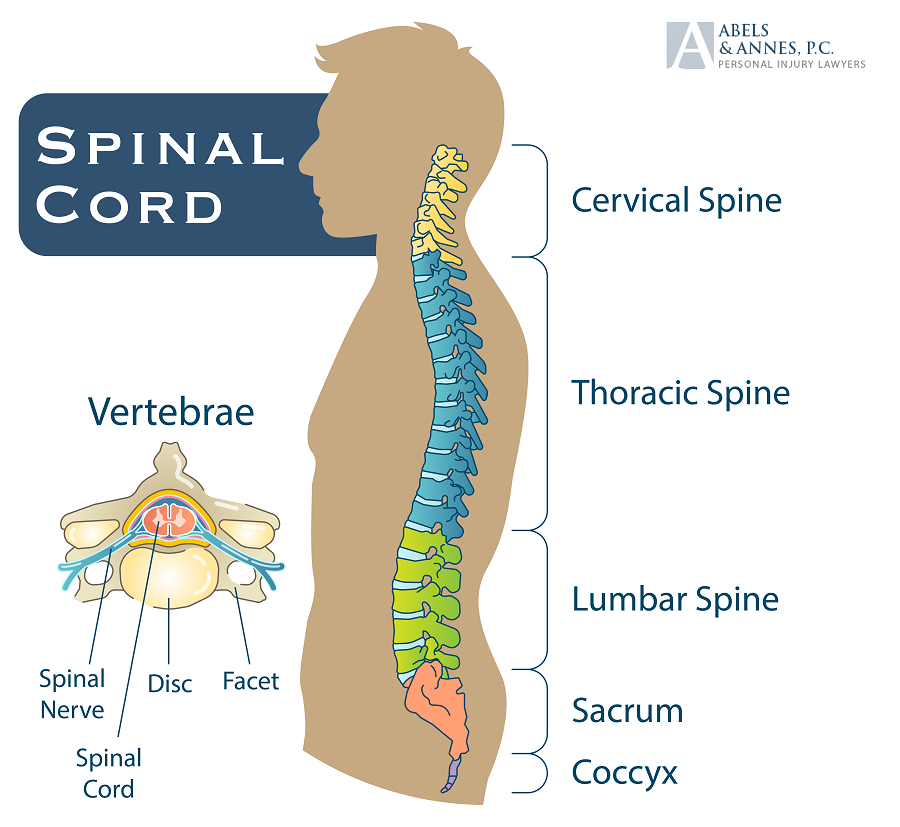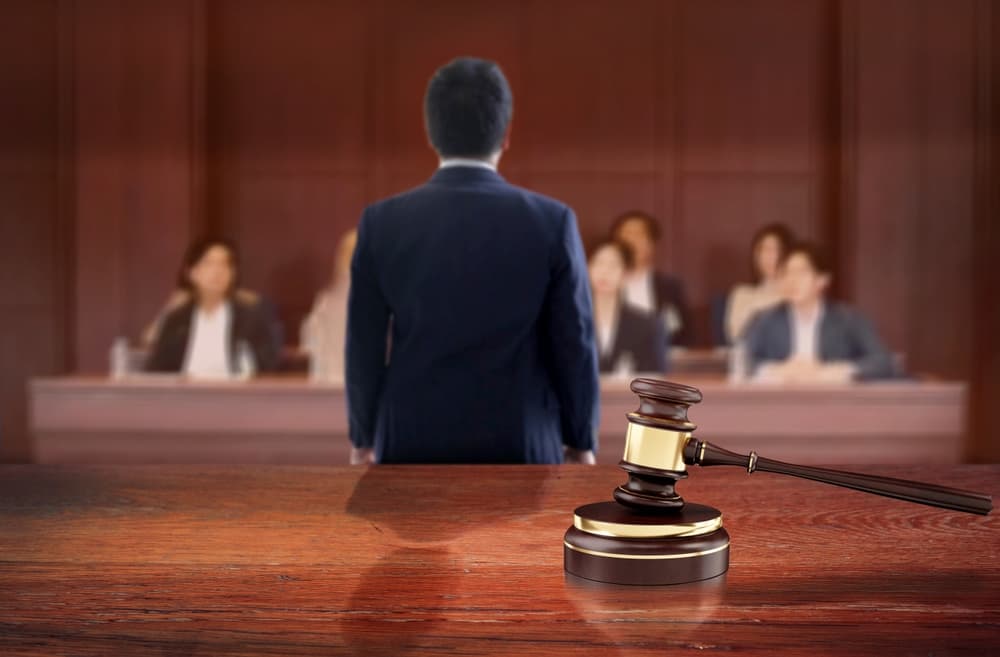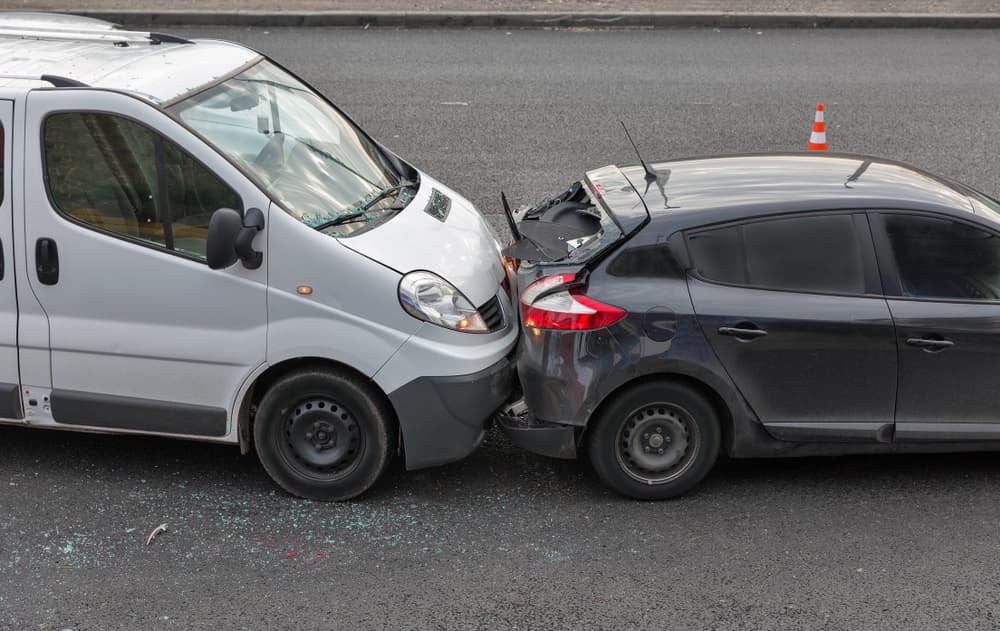Experiencing back and neck pain after a car accident?
Car accidents place a tremendous amount of force on the neck and back. The resulting pain from auto accident spine injuries can be intense and long-lasting. It may even cause serious limitations in one’s life. To make matters worse, understanding the source of neck and back pain isn’t always simple. Your spine is made up of a complex network of bones, nerves, and muscles. Oftentimes, more than one of these parts can sustain damage during a collision. Because of this, diagnosis, treatment, and recovery can be a long and expensive journey.
As a car accident victim, you deserve to be compensated for any damages you suffered. Not just for your medical bills, but also for the impact on your career and quality of life. Abels & Annes can help you to hold the driver who caused your neck and back injury accountable so that you can get the compensation you need to move forward. Contact our Chicago car accident lawyers to learn about your rights and legal options after a car accident.
Overview of the Neck and Back Anatomy
Though the neck and back is a strong system that provides substantial support, its individual parts are actually delicate and can be particularly vulnerable to car accident injuries. Any part of the spine can sustain an injury, depending on the amount of force and the point of impact of a car accident. In order to better understand how a car accident can affect the spine, let’s briefly look at its different parts.

Vertebrae: The vertebrae are 33 small bones that make up your spine. They encase and protect your spinal cord. They also provide the structural support you need to stand, walk, and otherwise move your body.
Vertebral Disc: The vertebral discs (also called intervertebral discs) are cartilaginous joints that separate each vertebra bone. They allow movement, prevent rubbing, and act as a ligament to hold the spine together. They also function as a shock absorber for the spine. The vertebral discs are commonly damaged during high impact events and therefore a major source of neck and back pain.
Facet Joints: Facet joints are the spaces between the wing-shaped part of the vertebrae. They give the spine flexibility and allow you to bend and twist your back. Facet joints are also responsible for protecting the nerves that go from the spinal cord to the arms, legs and other parts of the body.
Cervical Spine: The cervical spine comprises the first seven vertebrae of the neck, beginning at the base of the skull. The cervical spine’s main job is to provide support to your head. Injury to this part of the spine is typically the source of neck pain.
Thoracic Spine: The thoracic spine makes up the upper center of the back. It is between the cervical spine and the lumbar spine. The thoracic bones provide the structure you need to walk upright.
Lumbar Spine: The lumbar spine is made up of the bones we commonly refer to as the lower back. This is a common place for injuries and source of pain.
Sacrum and Coccyx: The sacrum is a bony structure that is located at the base of the lumbar vertebrae and is connected to the pelvis. The coccyx is the final part of the spine that extends past the sacrum (commonly called the tailbone). These two parts of the spine are injured less often. However, injury to the sacrum and coccyx are possible, which are typically extremely painful and require long recovery. Severe injuries may limit mobility.
Spinal Cord: The spinal cord is the bundle of nerves that run through the spine and controls the body’s central nervous system. The spinal cord is responsible for carrying nerves from the spine to literally every part of the body. That’s why a neck or back injury can cause such severe pain and affect function and mobility across the body. These consequences of spinal cord injuries can seriously affect a person’s everyday life.
Common Types of Neck and Back Injuries Caused by Car Accidents
Now that we have clarified the parts of the spine, let’s look at some of the common neck and back injuries from a car accident and the types of problems they can cause.
Whiplash
Whiplash is a neck injury caused by a forceful, rapid back-and-forth movement of the head and neck. Whiplash can cause neck pain and stiffness, headaches, and muscle spasms. Whiplash may heal quickly. But some injury victims can experience chronic pain. In fact, up to 50% of patients report persistent symptoms a year after developing whiplash.
Lumbar Spine Injuries
Lumbar spine injuries refer to any damage to the lower back. They frequently occur during rear-end car accidents but can also happen during any other type of car accident. Damage to the lower back can result in pain, tingling, weakness, spasms, and pain in the legs. These symptoms can greatly limit your mobility and cause life-altering issues.
Spinal Stenosis
Spinal stenosis develops when the spinal canal narrows due aging or injury. This leaves less space for the spinal cord and can place extreme pressure on the spinal cord. Spinal stenosis commonly affects the lower back and can result in extreme pain.
Herniated Disc
Herniated discs are a common type of injury caused by car accidents. The force of the collision can put serious pressure on the vertebral discs, which can cause them to become damaged. This damage often results in the disc protruding into surrounding nerves. This disc protrusion can cause pain in the back and other areas surrounding the spine. Herniated discs can also weaken the back muscles and cause weakness and numbness in a person’s extremities.
Thoracic Spine Injuries
Thoracic spine injuries affect the middle and upper back. These injuries can cause:
- serious pain
- a significant decrease range of motion
- impairment of functions like swallowing, talking, and breathing
- paralysis
Facet Joint Injuries
The joints connecting each of your vertebrae are known as facet joints. Damage to the facet joint, or nearby discs, can cause serious nerve pain, which can affect the spine and other parts of the body. Additionally, the surrounding muscles may react to inflamed and displaced facet joints by spasming, causing tingling, numbness, and shooting pain across the body. Damaged facet joints can also affect the support that your neck and back need. Because of this, damage to the facet joints can affect mobility, posture, and daily activities.
Sciatica
Sciatica refers to pain that radiates along the sciatic nerve, which begins at your lower back and moves through the hips and buttocks and down to each leg. Sciatica can be caused by aging or traumatic events like car accidents. This condition is actually not itself an injury. Instead, sciatica results from other injuries or damage like a herniated disk or spinal stenosis. Sciatica can cause inflammation, pain, and numbness in the affected extremity. Because the sciatic nerve is so large and important, injury or obstruction of the nerve can affect anything from bowel and bladder control to one’s ability to walk.
Delayed Back and Neck Pain After a Car Accident
After a car accident, symptoms of neck and back injuries may be nonexistent or seem insignificant. You may think pain and stiffness are just part of being in a collision and that they’ll resolve on their own. However, these symptoms can indicate serious damage. Others may not experience any neck or back pain until several hours or even days after the accident.
Unfortunately, both of these issues can cause serious complications if it turns out that you are seriously injured and need to file a personal injury claim.
Because of this, it’s critical to see a doctor as soon as possible after a car accident. Seeking medical attention right away can prevent your injuries from getting worse. You will also begin the healing process and officially document your injury through medical records.
If it turns out that you are not injured, then at least you know nothing serious will sneak up on you.
Getting Compensation for Neck and Back Injuries Caused by a Car Accident
If your car accident was caused by a negligent driver, you may be able to pursue compensation for your neck or back injuries through a personal injury claim. Examples of negligent drivers include a distracted driver or someone running a red light.
The most effective way to ensure a personal injury claim involving something as serious as neck and back injuries from a car accident is to hire a proper attorney. Attorney consultations are typically free and will help you understand your rights and legal options.
One of the biggest costs after an injury are bills. Medical expenses will be a significant part of your claim. This includes: fees for doctors’ appointments, surgeries, rehabilitation, and medication.
However, you also need to take into account your lost wages from missing work and any anticipated future lost wages. Finally, you can also get compensation for your pain and suffering. While there is no specific dollar amount attached to your pain and suffering, the suffering, discomfort, and stress you’ve endured can be pursued as part of your claim.
Even though you may be in the right, the other party’s insurance company will do their best to limit your claim or even outright deny it. They may dismiss your injuries as minor. They may argue that your injuries were preexisting to the accident. Or they may deny that their policyholder caused your neck or back injury.
Contact the Experienced Car Accident Attorneys at Abels & Annes
The experienced attorneys at Abels & Annes are here to help. We will investigate your case, gather and present compelling evidence, and firmly negotiate with the insurance company. Our goal is to secure the highest possible compensation for you so you can move on with your life. We understand how to negotiate with insurance companies to ensure that your injury claim will secure you maximum compensation needed to cover your damages.
Call us at 312-924-7575 or contact us online for a free consultation.



